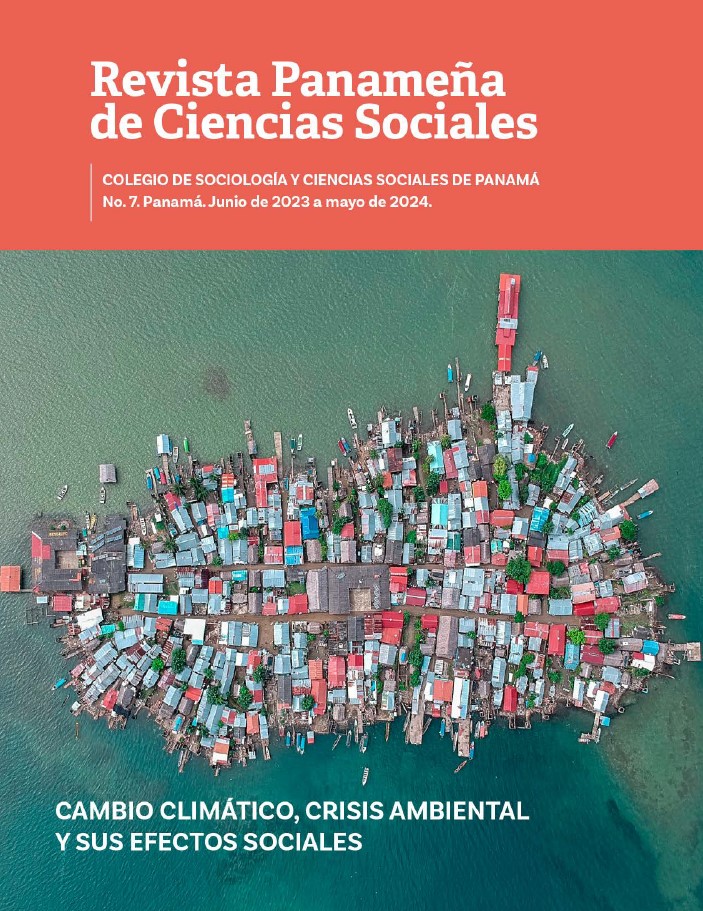

Copyright (c) 2023 Revista Panameña de Ciencias Sociales

This work is licensed under a Creative Commons Attribution-NonCommercial-ShareAlike 4.0 International License.
The study area is a small, isolated fragment of medium subdeciduous forest, immersed
in extensive fields of rice, beans, sugar cane and pastures, owned by smallholders, t enant
farmers and cooperatives. It is located on the border strip between the coastal plain and the
recent mountain range, at 150 meters above sea level (3º31’40.07’’ N and 88º57’24.14’’ W).
The purpose of the study was to determine herpetofaunistic diversity, its link with ecosystem
fragmentation, and its socio-ecological implications. The samplings were carried out during the dry-rainy season transition (April-June 2014), using intensive search in transects. 307 individuals belonging to 19 species (seven amphibians and 12 reptiles) were recorded. The
most abundant species in amphibians were: tungara frog (Engystomops pustulosus) and
baudin´s tree frog (Smilisca baudinii) (21 and 20 % respectively); while in reptiles they were:
rainbow holcosus Holcosus undulatus and scorpion mud turtle (Kinosternon scorpioides)
(26 and 14 % respectively). This herpetofaunistic community presents a high total diversity
(R1 = 3.14, H ? = 2.2), but with low species dominance (D = 0.14). This can lead to the total
replacement of the community in the short term, with prevalence of species typical of
disturbed or modified areas, implying negative socio-ecological effects for local people.